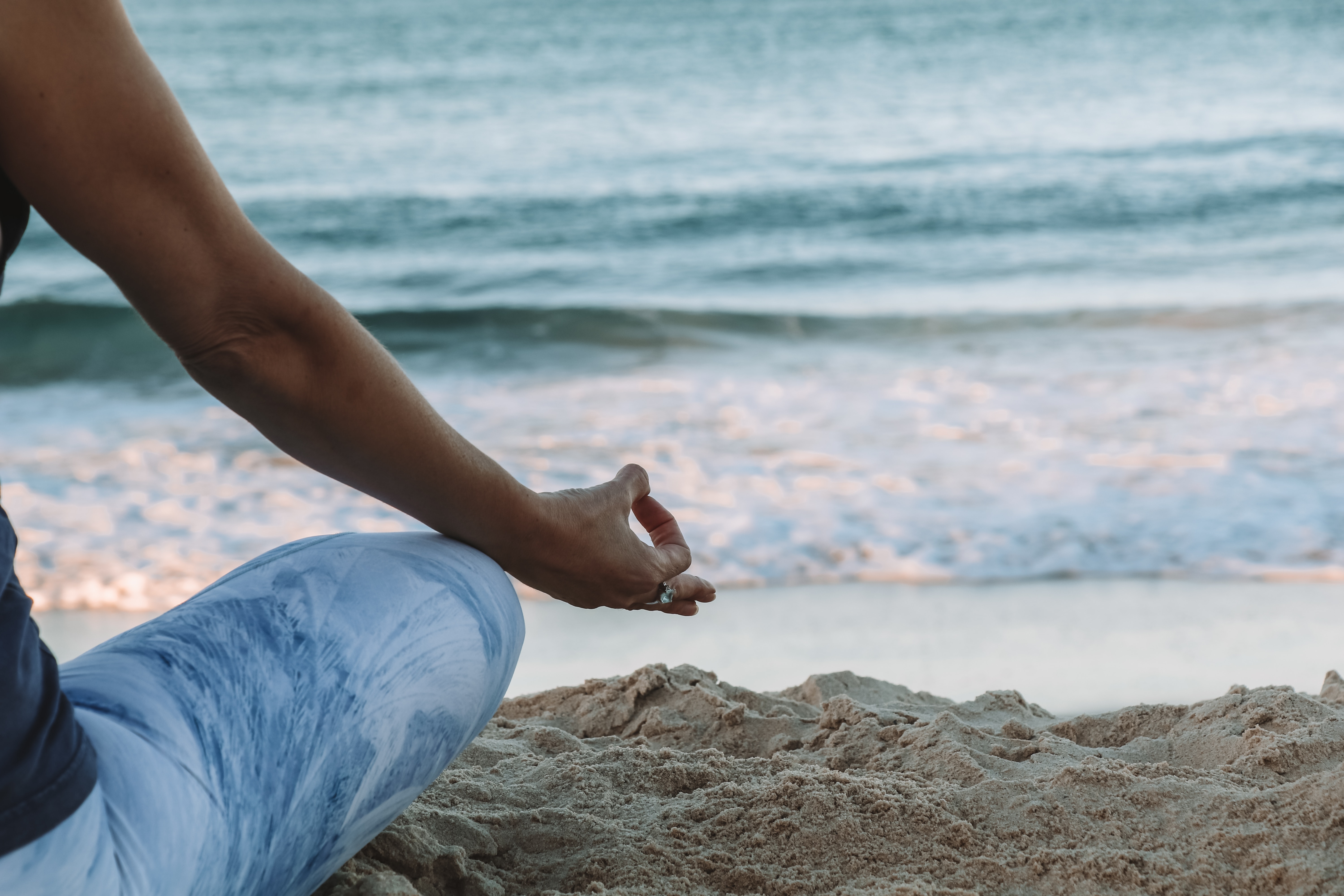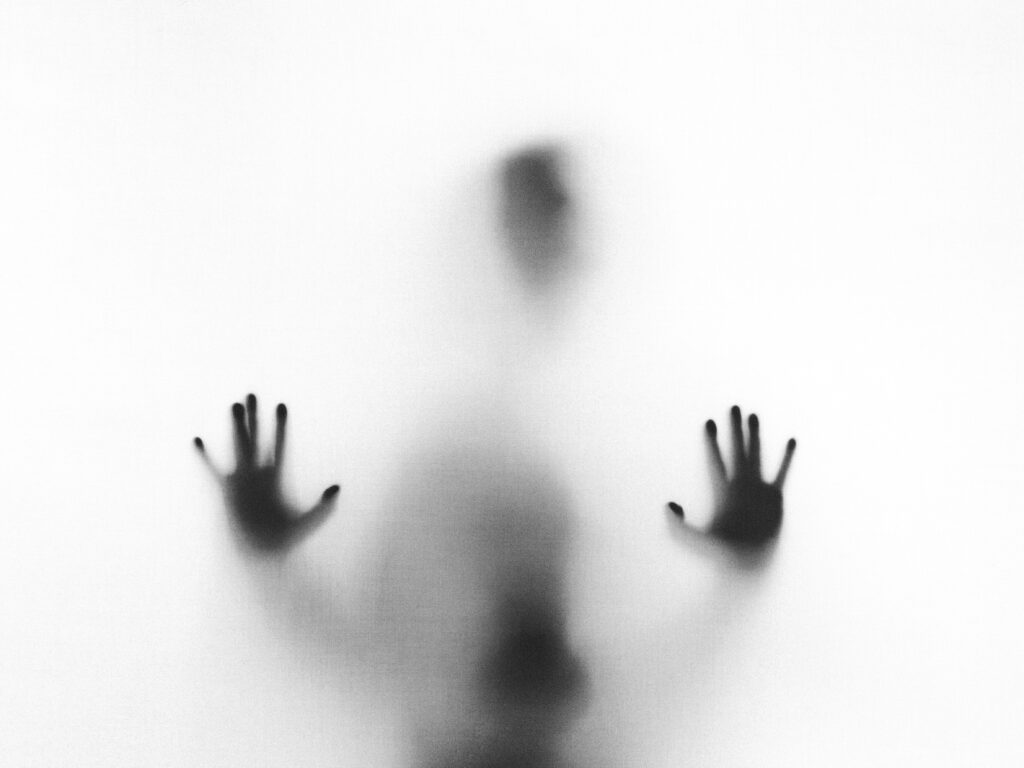Last Updated on October 6, 2023
Dealing with anxiety is something we all encounter in our lives, whether it’s mild worries or the weight of severe anxiety and depression. It’s crucial to understand how to manage anxiety effectively to maintain your mental well-being.
In this friendly guide, we’re going to explore various strategies that can help you take control of your anxiety and get back to living life to the fullest. From therapy and self-help techniques to the use of anxiety medication like gabapentin and the anxiety patch, we’ve got you covered with a toolkit to successfully tackle anxiety.
Understanding Anxiety
Types of Anxiety Disorders
Anxiety can take many forms, each with its own unique challenges. Let’s take a look at some common anxiety disorders and how to manage them:
- Generalized Anxiety Disorder (GAD) involves excessive worry and fear about everyday situations without a specific cause. If you find yourself worrying a lot for no particular reason you can explore therapy options like Cognitive-Behavioral Therapy (CBT) or Dialectical Behavior Therapy (DBT), incorporate stress management techniques, maintain a healthy lifestyle, and practice relaxation exercises. Remember, consulting a healthcare professional is crucial to tailor the right approach for you or maybe include some medications such as gabapentin.
- Social Anxiety Disorder involves intense fear and avoidance of social situations, often leading to isolation and relationship difficulties. Overcoming social anxiety might involve exposure therapy, CBT to tackle negative thoughts, group therapy for skill-building, and if necessary, medications like the anxiety patch or SSRIs. Don’t forget to try self-help techniques such as mindfulness and gradual exposure to social situations. Always consult with a healthcare provider to find the best path for your needs.
- Panic disorder is marked by recurring panic attacks, sudden surges of intense fear or discomfort, often accompanied by physical symptoms like rapid heart rate and shortness of breath. Deep breathing exercises, grounding techniques, and progressive muscle relaxation can help during episodes. Mindfulness, meditation, and CBT can reduce overall anxiety and prevent future panic attacks. Lifestyle changes and building a support network are essential. Medication is an option if other strategies aren’t effective, but discuss this with your healthcare provider.
- Obsessive-Compulsive Disorder (OCD) is characterized by intrusive, distressing thoughts (obsessions) and repetitive behaviors or mental acts (compulsions) performed to alleviate anxiety. These can be managed with CBT, medication, support groups, lifestyle changes, and mindfulness techniques. CBT involves challenging obsessive thought patterns, and the anxiety patch might also be an option. Consult with a mental health professional for a personalized plan.
- Post-Traumatic Stress Disorder (PTSD) can develop after exposure to a traumatic event, leading to distressing symptoms such as flashbacks, nightmares, and hypervigilance. Trauma-focused therapy, medication, support networks, self-care routines, and specialized programs can help. Collaborate with mental health professionals to create a personalized treatment plan.

Causes and Triggers of Anxiety
Understanding the root causes and triggers of anxiety is essential for effective management.
- Biological Factors: Genetics, brain chemistry, and imbalances in neurotransmitters like serotonin can contribute to anxiety disorders. Addressing biological factors contributing to anxiety disorders typically involves a combination of medical and therapeutic approaches.
- Psychological Factors: Past trauma, unresolved conflicts, and negative thought patterns can fuel anxiety. Cognitive strategies, such as Cognitive-Behavioral Therapy and mindfulness, complement anxiety management by helping individuals identify and challenge negative thought patterns. These techniques promote healthier thinking, reducing the psychological factors that contribute to anxiety.
- Environmental Factors: Stressful life events, such as divorce, loss of a loved one, or financial problems, can trigger or exacerbate anxiety. To manage environmental factors contributing to anxiety, focus on stress management techniques and seek support from your social network or support groups during challenging times.
The Role of Professional Help
Seeking Therapy and Counseling
Professional help is often crucial for managing anxiety, especially when it becomes severe or significantly interferes with daily life. Therapy and counseling can provide valuable tools and support for managing mild anxiety and dealing with severe depression and anxiety.
- Types of Therapy: Various therapeutic approaches are effective in treating anxiety, including Cognitive-Behavioral Therapy (CBT), Dialectical Behavior Therapy (DBT), and exposure therapy.
- Medication Options: In some cases, medication may be prescribed to alleviate anxiety symptoms, such as selective serotonin reuptake inhibitors (SSRIs) or anti-anxiety medications like Gabapentin. Understand how anxiety gabapentin fits into the treatment plan.
- Finding the Right Therapist or Psychiatrist: The therapeutic relationship is key to successful treatment. Finding a qualified and empathetic therapist or psychiatrist is an important step in managing both mild anxiety and dealing with severe depression and anxiety.

Self-Help Strategies
Lifestyle Modifications for Anxiety Management
- Diet and Nutrition: A balanced diet rich in nutrients can support overall well-being, while certain foods like those high in caffeine or sugar can exacerbate anxiety. Prioritize a balanced diet with fruits, vegetables, lean proteins, and whole grains while minimizing caffeine and sugary foods to support overall well-being and reduce anxiety triggers.
- Exercise and Physical Activity: Regular physical activity releases endorphins, which can improve mood and reduce anxiety. Exercise complements managing mild anxiety by releasing endorphins that improve mood, reducing stress, providing a healthy distraction from anxious thoughts, and promoting better sleep quality.
- Sleep Hygiene: Establishing healthy sleep habits can promote better sleep quality, a key factor in anxiety management. Prioritizing healthy sleep habits is essential for anxiety management as it restores, reduces stress, aids emotional regulation, enhances cognitive function, and supports overall mental health..
- Mindfulness and Meditation: Mindfulness practices can help you stay present, reduce rumination, and manage anxiety more effectively. Controlled breathing, body scans, meditation, grounding exercises, and guided imagery, are effective tools for staying present, reducing rumination, and managing anxiety.
Stress Management Techniques for Immediate Relief
- Breathing Exercises: Deep breathing techniques are potent for anxiety management, providing immediate relief during moments of stress or panic by calming the nervous system.
- Progressive Muscle Relaxation: This method involves tensing and then relaxing muscle groups to release physical tension, offering a practical and accessible way to integrate relaxation techniques into anxiety management, promoting a sense of calm and physical well-being.
- Biofeedback: Biofeedback tools can help you learn to control physiological responses to stress, offering individuals valuable insights into their body’s reactions and empowering them to develop effective stress management techniques for managing mild anxiety.

Coping Mechanisms and Cognitive Strategies
- Cognitive Behavioral Therapy (CBT) Techniques: CBT can help identify and challenge negative thought patterns that contribute to anxiety, empowering individuals to regain control over their mental well-being.
- Positive Affirmations: Using positive affirmations can counteract self-doubt and negative thinking, promoting a more optimistic and resilient mindset.
- Journaling and Expressive Writing: Keeping a journal can provide insight into your thoughts and emotions, helping you manage anxiety by allowing you to track patterns and triggers of anxious feelings.
The Importance of Self-Care
- Setting Boundaries: Establishing boundaries in personal and professional life is essential for reducing stress and anxiety as it prevents overextension and allows individuals to prioritize self-care and manage their responsibilities effectively.
- Prioritizing Self-Care Activities: Regular self-care routines, such as taking breaks, enjoying hobbies, and spending time with loved ones, can be instrumental in managing mild anxiety, providing essential moments of relaxation and emotional support..
Alternative and Complementary Approaches
- Herbal Remedies and Supplements: Some individuals find relief from anxiety symptoms through the use of herbal remedies or supplements like Valerian root or the anxiety patch.
- Yoga and Tai Chi for Anxiety Reduction: These mindful movement practices promote relaxation and can be beneficial for anxiety management. Both yoga and Tai Chi can complement medications and the anxiety patch.
- Acupuncture and Acupressure: Traditional Chinese medicine techniques like acupuncture and acupressure aim to balance the body’s energy and may help alleviate anxiety symptoms. Acupuncture and acupressure can be quite helpful in managing mild anxiety.
- Art Therapy and Creative Outlets: Expressing emotions through art, music, or other creative outlets can be therapeutic for managing anxiety. These creative outlets can be incorporated into other anxiety management techniques.
- The Role of Pets and Animal Therapy: The benefits of animal therapy include reduced stress and anxiety, improved mood, increased social interaction, enhanced emotional well-being, and a sense of comfort and companionship provided by the presence of animals.

Preventing Anxiety
- Early Intervention and Prevention Strategies: Identifying anxiety symptoms early and seeking help can prevent the progression of anxiety disorders, enabling individuals to develop coping skills and access timely treatment, ultimately improving their long-term well-being and quality of life. By recognizing the signs and addressing them proactively, individuals can pave the way for better mental health outcomes and a reduced impact of anxiety on their daily lives.
- Encouraging Mental Health Awareness and Education: Integrating comprehensive mental health education into school curricula can ensure students receive essential information about anxiety and mental well-being. This education should cover the recognition of symptoms, coping strategies, and where to seek help. Additionally, schools can organize awareness campaigns and events to reduce stigma and encourage open discussions.
- Reducing Stigma Around Anxiety Disorders: Creating a culture of acceptance and empathy within schools by actively challenging stigmatizing beliefs and behaviors related to anxiety and mental health can challenge misconceptions and reduce stigma associated with anxiety.
How to Manage Anxiety: A Pathway to a Happier, Healthier You
In this comprehensive guide, we’ve provided you with a diverse toolkit to effectively manage anxiety and embark on a journey towards a more joyful and healthier life. Remember, it’s perfectly okay to seek professional help when needed, and self-care should always be a priority. With the right support, strategies, and techniques, you can successfully navigate the challenges of anxiety and regain control over your life, leading to a happier, healthier you.
Managing anxiety is not just a goal; it’s a pathway to a brighter future, and you have all the tools at your disposal to walk that path with confidence.








